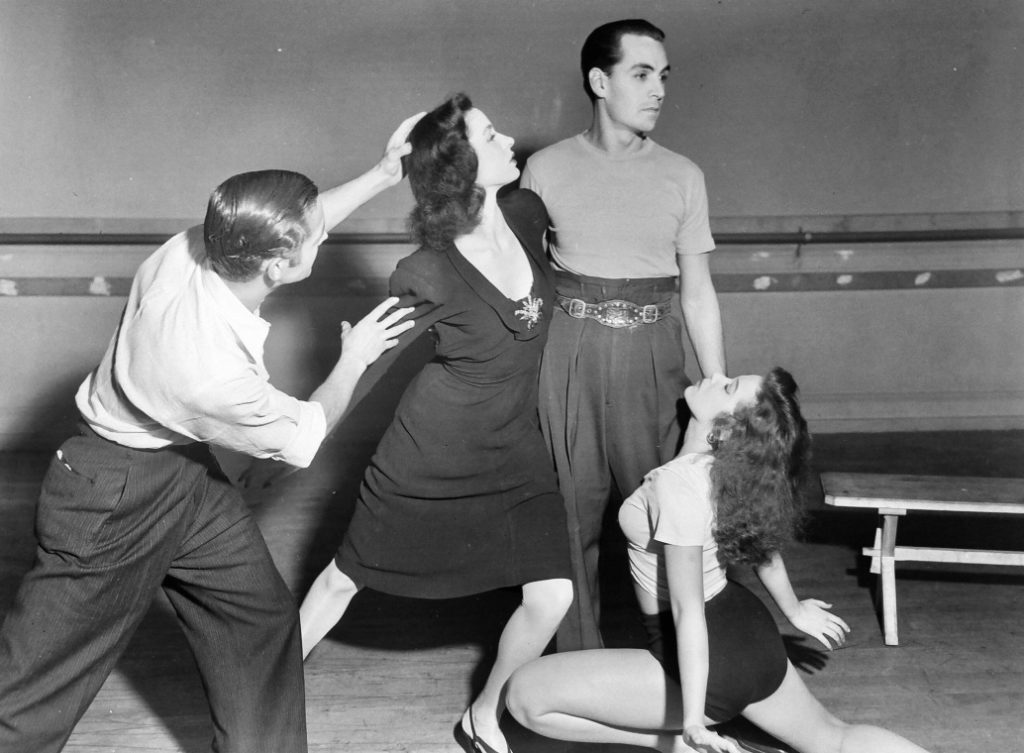Kaufman’s Brooklyn: Eight photos from the ‘Variety’ collection

My father, Irving Kaufman (1910 – 1982), was a professional photographer who started in Brooklyn in the mid 1930s working for the Brooklyn Daily Eagle. He captured thousands of images of Brooklyn through the 1950s. I have recently digitized a great many of them. My father’s profile can be found here.
This week’s theme:
I’ll continue this week with a display similar to last week’s. Instead of focusing on a single theme for the whole week, each day has its own focus.

Brooklyn Boro
View MoreNew York City’s most populous borough, Brooklyn, is home to nearly 2.6 million residents. If Brooklyn were an independent city it would be the fourth largest city in the United States. While Brooklyn has become the epitome of ‘cool and hip’ in recent years, for those that were born here, raised families here and improved communities over the years, Brooklyn has never been ‘uncool’.